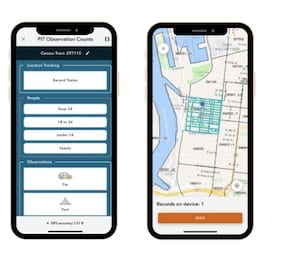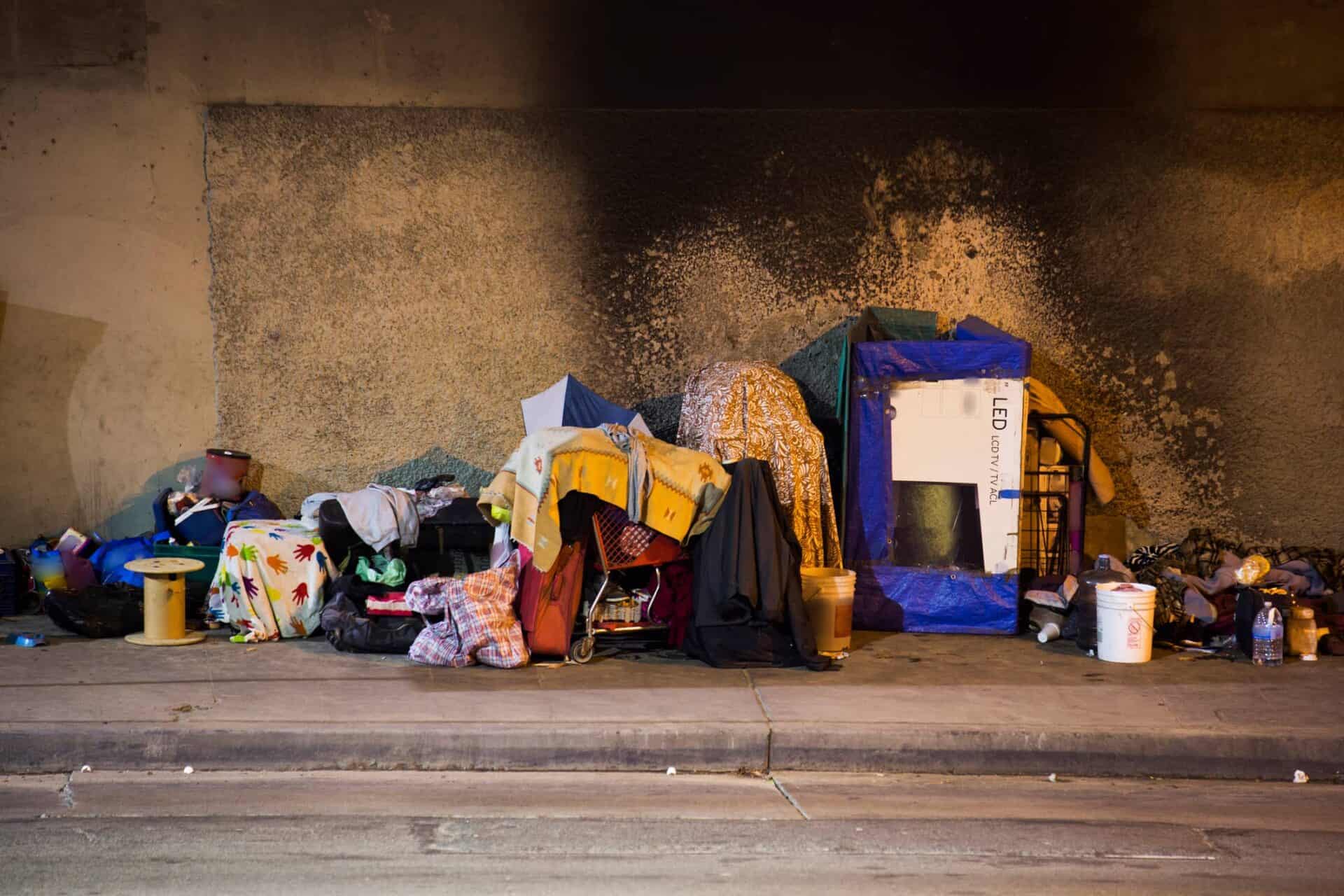Everyone counts, address or not. Making Los Angeles a better place to live for everyone is not easy, but the Los Angeles Homeless Services Agency (LAHSA) is up to the task. Every year they organize a homeless count that gives us a better understanding of the current situation and allows the city and county to plan accordingly. Once again, LAHSA successfully organized a team of volunteers to hit the streets and count the homeless in the Los Angeles region. The annual survey, held over the weekend of January 24-26, utilized the latest location-based software from the industry leader, Environmental Systems Research Institute (Esri).

Quartic Solutions, a local women-owned business, assisted with the geographic information system (GIS) technology. This year the count went smoothly, with over 6,600 citizens and staff enthusiastically signing up to volunteer using an online sign-up system. LAHSA had mapped out a network of dispatch locations, ensuring that volunteers knew where to start their shifts and that all areas of the region were covered correctly.
The Challenge
Homelessness in California is a huge problem, particularly in large urban areas such as Los Angeles County. Quantifying the number and extent of homeless people is critical to better understanding and addressing the challenge. Once a year, LAHSA conducts the annual Point in Time (PIT) Homeless Count to provide needed data for allocating resources. The state and city programs use the count’s information to implement more effective and targeted relief programs.
Finding and counting the homeless in a large urban area such as Los Angeles has its challenges. Taking advantage of lessons learned from last year, LAHSA set out to create an application for volunteers that was easy to use and dependable. This year, the data collection utilized the latest location-based technology, collecting a count of homeless individuals and which census tracts they were discovered in. Using a lightweight mobile application made data collection easy for volunteers, and organized for LAHSA.
“The goal of the count is to get an accurate picture of the homelessness in our communities. With this information, strategies can be developed to reduce and end homelessness.” – LAHSA
Better Functionality = Accurate Results
As part of Quartic’s commitment to combating societal ills and promoting equity, we participated in the count in two different ways. Quartic was on the Esri team to develop a mobile application for the count.
The team’s application was based on Esri ArcGIS® QuickCapture. This simple application is the fastest way to capture field observations. It allows the user to count a homeless person or shelter just by pressing a button on their phone. The data captured included the location of the observation, the type of observation, and the ability of the user to view their results in an easy-to-understand dashboard format.

Several quality control features were also built into the application to make data collection trouble-free and more accurate. Having a visual of the boundaries of the area in which they were assigned kept volunteers constantly aware of the boundaries and reduced double counting. Finally, the application displayed a map to the collection teams, clearly showing a GPS track of where they had driven or walked. This valuable feature allowed the user to easily see if they had missed any road segments so they could go back and traverse any gaps.
Quartic also had people volunteer as counters on the night of January 25. All volunteers share the goal of committing to the community and making a difference. The ultimate goal is to make Los Angeles a better place to live for everyone.
Waiting for Results
Overall, the count was successful, and the QuickCapture mobile app collected the data seamlessly. The count was well-planned, and LAHSA is happy with the result. According to LAHSA, in 2022, the number of homeless in the Homeless Count by the LA County Supervisorial District was 65,111. That increased from 2020 with the number of 1405 individuals. The results from this year’s count have not yet been published. According to LAHSA’s just-released article, they will turn over the data collected to its data partners at the University of Southern California (USC). USC will perform the statistical analysis, and LAHSA expects to release it in late spring or early summer 2023.

